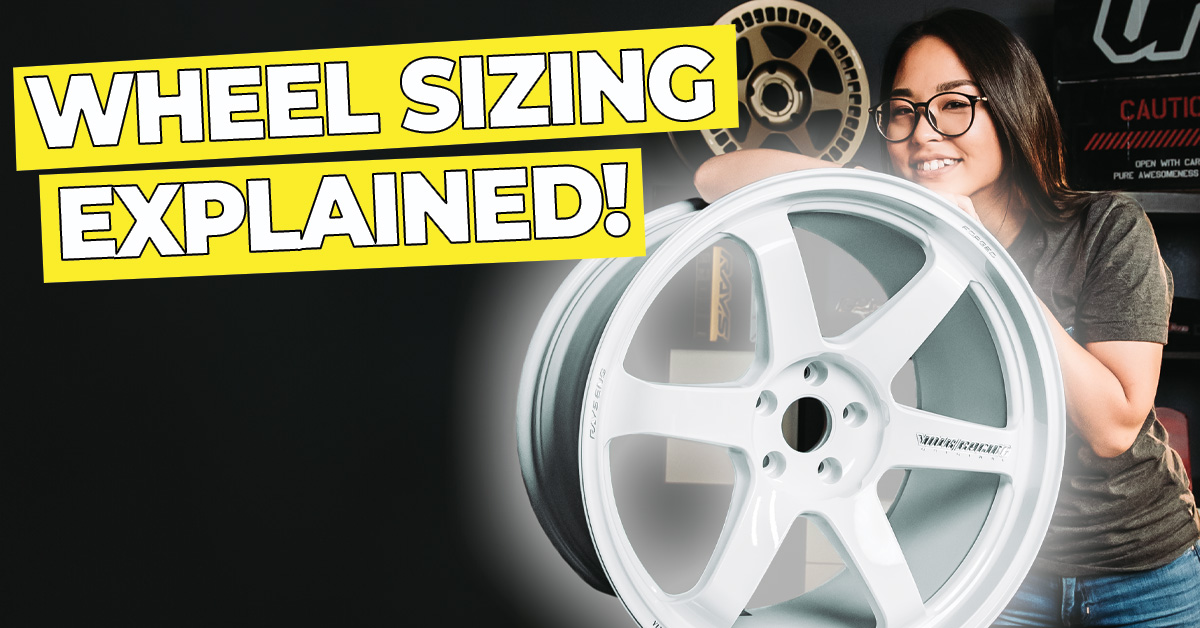
Follow Vivid Racing on ZENDO https://zendomotorsportclub.com/members/vividracing/
Getting new wheels for your car can be overwhelming with all the numbers flying around. Usually you will see this number format 17×8.5 0mm 6×139.7 given when it comes to the wheels you buy. Let’s delve deeper into these specifications to decode what they mean for your ride.
First up, let’s tackle diameter—the fundamental number that dictates the wheel’s size. Contrary to what one might think, the diameter isn’t measured from the full length of the wheel’s face but rather from the barrel. This measurement is in inches, hence the lingo like 15s, 17s, or 20s, denoting the wheel’s diameter in inches.
Moving on to width, another crucial aspect. Similar to diameter, the width isn’t gauged from the full length of the wheel but from the front bead seat to the back bead seat. Also measured in inches, you might hear specifications like 19×9, 15×7, or 20×11—the second number signifying the width.
Now, onto offset—this one’s a bit tricky but equally important. It determines how far the wheel’s mounting point is from the center of the barrel. Measured in millimeters, a positive offset (referred to as “plus” with numbers like +30, +15, +10) indicates the mounting point closer to the wheel’s face. Conversely, a negative offset, with designations like -10, -20, or -40, places the mounting point towards the back or inside of the barrel.
Finally, backspacing—the distance in inches from the back of the mounting point to the back of the wheel. This measurement is critical as it impacts how the wheel fits within the wheel well and its relationship to suspension components.
These numbers might seem like a jumble of technical details, but each plays a crucial role in determining how a wheel fits, performs, and complements your car. Properly understanding these specs helps in choosing the right wheels that not only look good but also function seamlessly with your vehicle’s dynamics.
- Tags:
- Vivid Racing
- Wheels

